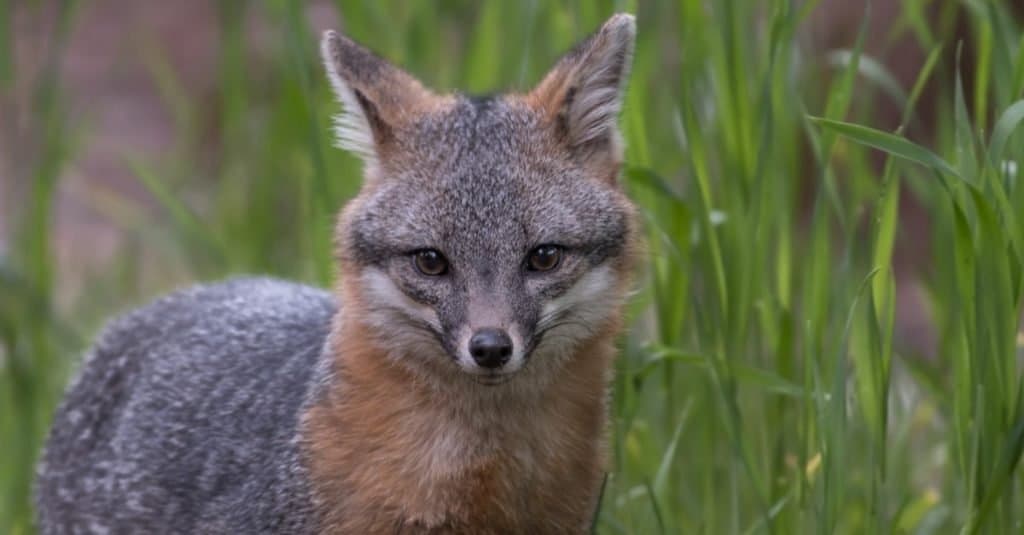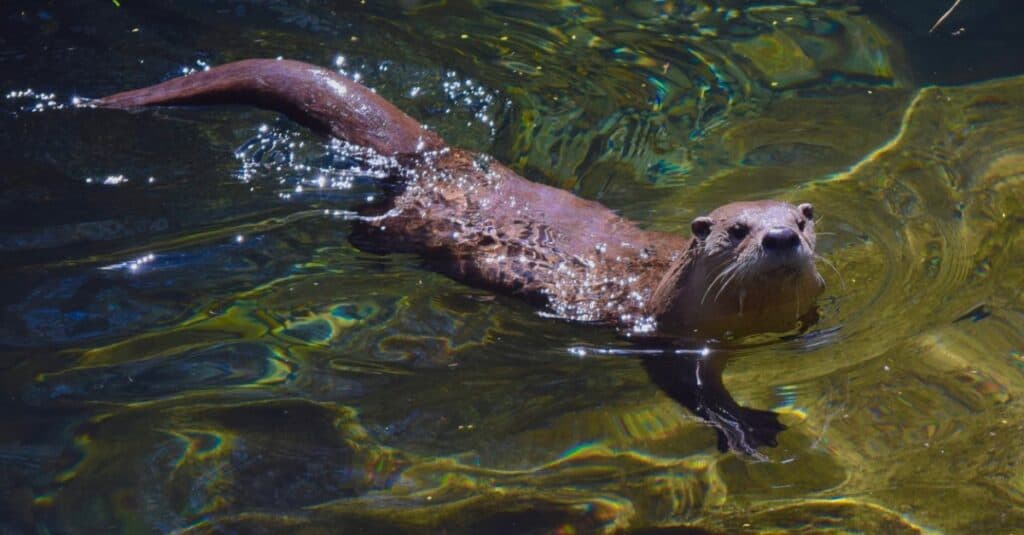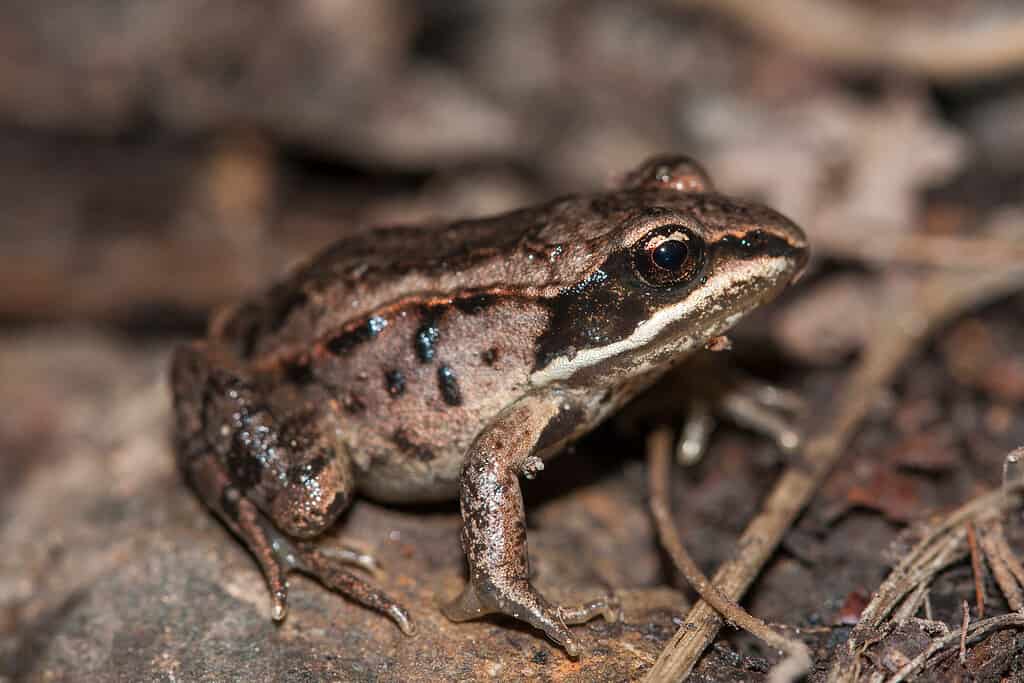
Pennsylvania is a mecca for outdoor lovers; from its Dutch countryside, Pocono mountains, and many lakes, there’s something for everyone. Pennsylvania has more than 2,500 lakes, making it an ideal destination for fishing, swimming, boating, kayaking, and enjoying the numerous beaches. However, most of the lakes in this state are man-made, but 50 were created by glaciers. These lakes range in size, depth, and environment. But out of all of them, the deepest lake in western Pennsylvania is Allegheny Reservoir.
How Deep Is the Deepest Lake in Western Pennsylvania?

Allegheny Reservoir is the deepest lake in western Pennsylvania.
©SNEHIT PHOTO/Shutterstock.com
The deepest lake in western Pennsylvania is a 7,647-acre reservoir surrounded by the lush green Allegheny National Forest. It also creates a border between Pennsylvania and New York. The average summer level of this reservoir is 27 miles long, with 91 miles of shoreline. In addition, this lake is 130 feet deep! While this lake can get busy in the summer, there are still many hidden gems along its shores where visitors can find solitude in the forest. For example, facilities range from simple campgrounds where you have to hand pump water, and with outhouses, to large campgrounds with ablutions, electricity, and playgrounds.
History of the Deepest Lake in Western Pennsylvania
During the 1960s, the US Army Corps of Engineers constructed the Kinzua Dam on the upper Allegheny River, which created the reservoir. This reservoir is unique because it has very few commercial developments on its shoreline. Furthermore, the Allegheny National Forest maintains and operates most of the existing recreational sites on the Pennsylvania portion of the reservoir.
Where Is The Allegheny Reservoir Located On A Map?
The Allegheny Reservoir, located partially in Pennsylvania and New York, spans the border between these two states. It is completely surrounded by the Allegheny National Forest in Pennsylvania and in New York State it is surrounded by Allegany State Park and the Allegany Indian Reservation of the Seneca Nation. Nearby towns include Bradford, Ludlow, and Scandia, and is in Warren and McKean counties.
Things to Do at the Deepest Lake in Western Pennsylvania
Fishing is one of the main activities on the deepest lake in western Pennsylvania. Catches include trout, walleye, bass, muskellunge, and pike. In fact, several record-breaking fish have been caught in this lake. You can even do ice fishing on this reservoir in the winter. However, if you don’t want to partake in the fishing activities, you can always view the fish that gather in the eddies at the edges of the reservoir, not far from the dam. Furthermore, there are two primary trails around the lake:
- Rimrock Trail, which is short but intense
- Jakes Rock Extreme Mountain Biking Trail
And the best thing is, when you are done with your hike, you can cool off in the waters of Kinzua Beach. But you can’t visit Allegheny Reservoir without taking a drive to Longhouse National Scenic Byway, which overlooks the breathtaking view of the reservoir, with the forest as a backdrop.
Animals Found Around the Deepest Lake in Western Pennsylvania
There are plenty of wildlife viewing opportunities in the forests surrounding the deepest lake in western Pennsylvania if you remain alert and move silently. For example, around 300 birds, 50 mammals, 20 reptiles, 25 amphibians, 25 freshwater mussels, and 80 fish species inhabit the area.
Gray Fox
Both the gray and red fox occur throughout Pennsylvania. However, only the gray foxes inhabit the forests around Allegheny Reservoir. These foxes belong to the family Canidae, which includes canines like the wolf and coyote. These predators are incredibly intelligent, with sharp hearing, sight, and smell. For example, they can hear a mouse squeak from 150 feet away. Foxes are opportunistic feeders, which means they will eat basically anything they can find. However, their primary prey includes:
- Rabbits
- Rates
- Mice
- Woodchucks
- Porcupines
- Opossums
- Domestic cats
- Insects
- Squirrels
- Chickens
- Game birds
- Songbirds
- Eggs
- Fruit
- Grasses
While these foxes may look cute, they are normally afflicted with parasites like fleas, ticks, lice, flukes, worms, and mites. So, always keep your distance. However, red foxes are more prone to mange than gray foxes. However, both species are susceptible to rabies. Unfortunately, these parasites and diseases flourish when an area is overpopulated with foxes.

While gray foxes may look cute, they are normally afflicted with parasites like fleas, ticks, lice, flukes, worms, and mites.
©Hayley Crews/Shutterstock.com
River Otter
While river otters occur in the areas surrounding the deepest lake in western Pennsylvania, they are elusive and generally stay out of sight. These aquatic animals belong to the Mustelid family, also known as the weasel family. These animals are very playful and curious. For example, they often shoot down muddy banks into creeks, wrestle each other, slide on snow or ice, and play with stones.
River otters have rich, dark brown fur with light underparts. Their chins and throats are gray, and they have bare black noses. In winter, their two layers of fur, thick underfur, and longer guard hairs, combined with an extra layer of fat, insulate their bodies. In addition, all four feet are broad and webbed. However, when swimming, they tend to use their hind feet more than their front feet. Like other members of the weasel family, river otters have musk glands that secrete a foul-smelling odor when they feel threatened. River otters mainly catch their food in the water. Their diet consists of sunfish, minnows, carp, suckers, and trout. However, they also eat:
- Turtles
- Frogs
- Snails
- Crayfish
- Mussels
- Worms
- Insects
- Snake eggs
- Aquatic plants
- Roots
- Small mammals
- Birds

River otters have rich, dark brown fur with light underparts.
©iStock.com/Kathryn Farley
Bald Eagle
One of the largest birds of prey is the bald eagle. This massive bird can weigh up to 14 pounds, with a wingspan of 7 feet! Unlike most animals, female bald eagles are larger than their male counterparts. Their white heads and tails best distinguish them. However, this coloring only occurs after they reach five years old. Juveniles are dark brown with various amounts of white mottling. In addition, they have large, sharp talons, which they use to catch large prey.
Furthermore, they have large beaks that they use to tear carcasses apart. However, they are also scavengers and steal prey from other birds. These birds are members of the sea eagle or fish eagle group, which includes massive eagles like:
- White-tailed eagles of Eurasia
- Steller’s sea eagle of Northwestern Asia

Bald eagles have large, sharp talons, which they use to catch large prey.
©iStock.com/Karel Bock
Wood Frog
The wood frog is a reddish-brown or copper color with a light belly. However, one of their best identifiable features is the dark brown mask that covers their eyes. Adults can reach up to two inches in length. These frogs have a unique adaptation that helps them survive the cold. They burrow under leaf litter covered by snow. But, when temperatures drop, they produce glucose, which acts like antifreeze, and keeps them from completely freezing over. These frogs spend most of the year in wooded upland habitats. But, they migrate to seasonal bodies of water in the spring, where they mate and lay their eggs. In addition, males will navigate their way to the pools during the first spring rainfall and let out a distinctive quacking call to attract a mate.

Adult wood frogs can reach up to two inches in length.
©Viktor Loki/Shutterstock.com
Hummingbird
The ruby-throated hummingbird (Archilochus colubris) is the only breeding hummingbird in western Pennsylvania. In fact, these birds only occur in the Western Hemisphere, with most of the species inhabiting the tropics. Hummingbirds feed on nectar by hovering over flowers. However, sometimes they also eat insects and other arthropods.
While these birds might look small and fragile, they are extremely territorial and get very aggressive. Furthermore, these birds take long, strenuous migrations. Additionally, these hummingbirds insert their bills into flowers to obtain nectar. This process is extremely important to the environment because it is how hummingbirds pollinate plants. Furthermore, hummingbirds are attracted to bright orange and red blossoms. Researchers believe that some plants, like trumpet creeper (also known as a woodland vine), evolved red tubular-shaped flowers to entice the hummingbirds to come closer. Lastly, these birds take nectar from more than 30 species of flowers, including:
- Beebalm
- Trumpet creeper
- Wild bergamot
- Spotted jewelweed
- Columbine
- Cardinal flower
- Wild Bergamot

.While Hummingbirds might look small and fragile, they are extremely territorial and get very aggressive.
©Steve Byland/Shutterstock.com
The photo featured at the top of this post is © iStock.com/Althom
Thank you for reading! Have some feedback for us? Contact the AZ Animals editorial team.






